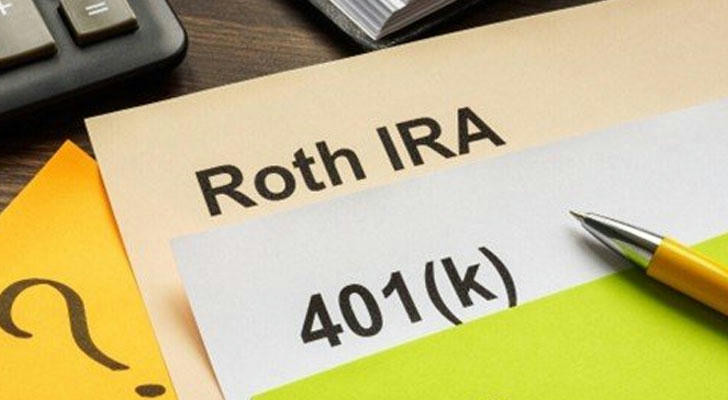401(k) vs. Roth IRA: Which Retirement Savings Plan Is Right for You?
Planning for retirement is one of the most important financial decisions you’ll ever make. In the U.S., two of the most popular retirement savings options are the 401(k) and the Roth IRA. While both provide tax advantages and help you build a secure future, they differ significantly in how contributions, withdrawals, and tax benefits work.
Choosing the right plan can have a huge impact on your retirement lifestyle. In this article, we’ll compare the 401(k) and Roth IRA, share a real-life example of someone who successfully navigated their retirement savings, and provide insights on which plan might be best for you.

What Is a 401(k)?
A 401(k) is an employer-sponsored retirement plan that allows employees to contribute a portion of their salary before taxes. Some employers offer matching contributions, meaning they will add money to your account based on how much you contribute.
✅ Key Benefits of a 401(k):
Contributions are tax-deferred, reducing your taxable income today.
Employers may offer a matching contribution, essentially free money for retirement.
Higher contribution limits compared to an IRA.
🚨 Potential Downsides:
Limited investment options, typically restricted to a set of mutual funds.
Early withdrawals (before age 59½) may be subject to taxes and penalties.
What Is a Roth IRA?
A Roth IRA (Individual Retirement Account) is a personal retirement savings account where contributions are made with after-tax dollars. The key advantage is that withdrawals in retirement are tax-free.
✅ Key Benefits of a Roth IRA:
Tax-free withdrawals in retirement, including both contributions and earnings.
Greater control over investments, including stocks, bonds, and ETFs.
No required minimum distributions (RMDs), meaning you can leave your money invested as long as you like.
🚨 Potential Downsides:
Lower contribution limits compared to a 401(k).
Income limits apply—if you earn too much, you may not qualify to contribute directly.

Case Study: How Mark and Lisa Made the Right Choice
Mark, a 45-year-old engineer, has been working for a Fortune 500 company for over 15 years. His employer offers a 401(k) match of 5%, which he takes full advantage of. Because he is in a high tax bracket, he benefits from the immediate tax deduction on his contributions. His strategy:
Contribute 10% of his salary to his 401(k) to maximize his employer match and reduce taxable income.
Use additional savings to invest in a taxable brokerage account for flexibility.
Lisa, a 30-year-old freelance graphic designer, doesn’t have access to a 401(k) through an employer. Instead, she focuses on a Roth IRA to enjoy tax-free withdrawals in retirement. Her strategy:
Max out her Roth IRA each year to build tax-free wealth.
Invest in a diversified mix of index funds and ETFs.
By choosing the right retirement savings plan for their respective situations, both Mark and Lisa are set up for long-term success.
401(k) vs. Roth IRA: Which One Should You Choose?
| Feature | 401(k) | Roth IRA |
|---|---|---|
| Tax Benefits | Tax-deferred contributions, pay taxes later | Tax-free withdrawals, pay taxes now |
| Employer Match | Available with some employers | Not available |
| Contribution Limit (2024) | Up to $23,000 ($30,500 for age 50+) | Up to $7,000 ($8,000 for age 50+) |
| Required Minimum Distributions (RMDs) | Yes, starting at age 73 | No RMDs |
💡 Best for 401(k): Employees with an employer match or those in a high tax bracket.
💡 Best for Roth IRA: Self-employed individuals, young workers in lower tax brackets, or those wanting tax-free withdrawals.

Conclusion
Both the 401(k) and Roth IRA offer excellent ways to save for retirement, but choosing the right one depends on your personal financial situation. If your employer offers a 401(k) with matching contributions, taking full advantage of it is a smart move. On the other hand, if you prefer tax-free withdrawals and more investment control, a Roth IRA might be the better choice.
No matter which option you choose, the key is to start early and stay consistent. Like Mark and Lisa, making the right decision today can set you up for a financially secure retirement.
